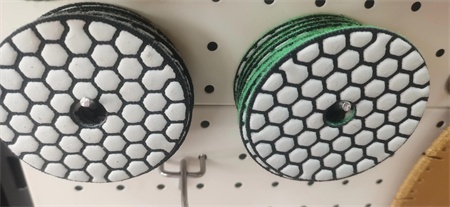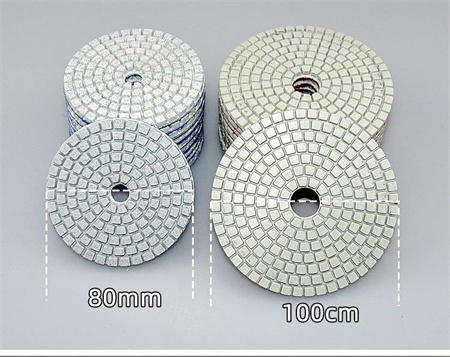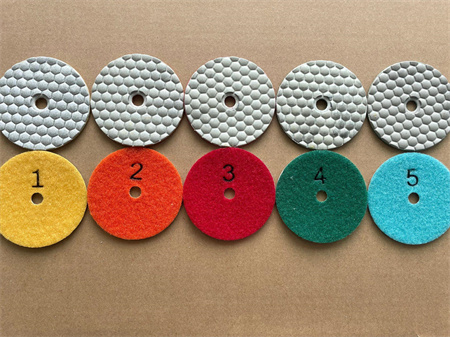How Consumer Feedback Improves Diamond Tool Design


One of the most obvious ways that consumer feedback influences diamond tool design is in the enhancement of cutting performance. For example, users in the stone cutting industry might point out that certain diamond blades lose sharpness too quickly when working with harder materials. This kind of feedback pushes manufacturers to experiment with different types of bonding agents or to adjust the concentration of diamond particles used in the blade. By carefully considering these suggestions, designers can make subtle yet impactful adjustments to improve the tool’s cutting power and longevity.
Similarly, feedback from contractors working with diamond core drills often highlights issues such as overheating or inconsistent drilling speeds. These types of concerns, though not immediately apparent to engineers or designers, can be extremely important in day-to-day operations. With consumer feedback in mind, manufacturers may develop improved cooling systems or adjust the drill’s speed control mechanisms, which can significantly improve user experience and efficiency on the job site.
User feedback also helps diamond tool manufacturers address comfort and usability issues. While a tool may perform excellently in terms of its cutting capabilities, it might not always be user-friendly. Heavy, poorly balanced tools can lead to user fatigue, while awkward grips or poorly designed safety features can pose risks. By listening to customers who use the tools day in and day out, manufacturers can redesign handles, improve ergonomics, and make tools easier to handle, ultimately increasing both safety and productivity.
Another aspect where consumer feedback drives innovation is in the development of more sustainable and eco-friendly tools. Environmental concerns are becoming increasingly important in industries across the globe, and diamond tool manufacturers are no exception. Through customer input, many manufacturers are exploring ways to reduce the environmental impact of their products. For example, some consumers have raised concerns about the waste produced by diamond blades as they wear down. As a result, designers are now exploring ways to make these tools more durable or even recyclable, contributing to a more sustainable future for the industry.

The relationship between consumers and manufacturers is increasingly becoming a two-way street. Many companies have embraced direct communication channels, such as online surveys, customer support forums, and social media platforms, to gather feedback in real-time. This kind of ongoing dialogue allows designers to make iterative improvements based on consumer needs, rather than relying solely on traditional development cycles. Furthermore, many manufacturers now actively collaborate with their most loyal customers and industry professionals, forming partnerships that lead to co-developed solutions and innovative products that might never have been possible without this deep level of consumer engagement.
Incorporating consumer feedback into diamond tool design is not just about improving a product’s immediate performance—it’s about anticipating future needs and continuously evolving to meet them. By staying in tune with the challenges and desires of the people who rely on these tools daily, manufacturers can ensure that their products remain relevant, high-performing, and ahead of the curve.
Ultimately, consumer feedback serves as both a mirror and a guide for diamond tool manufacturers. It reflects the true demands and expectations of the market, while also providing the direction needed to push the boundaries of what these tools can achieve. When manufacturers make a concerted effort to listen, innovate, and act on this feedback, the result is a win-win situation: a better product for the consumer and a more competitive position in the marketplace for the manufacturer.